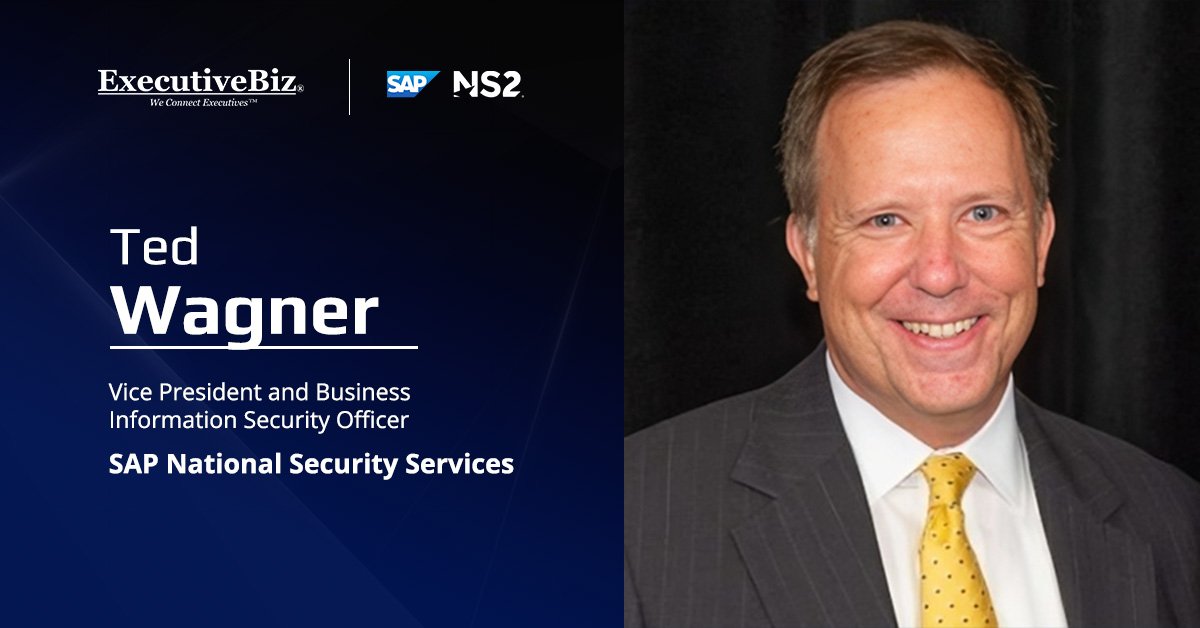The Future of Cybersecurity: Key Imperatives from Ted Wagner
In an era defined by rapid technological advancement, the landscape of cybersecurity is evolving at an unprecedented pace. Ted Wagner, vice president and business information security officer at SAP National Security Services (SAP NS2), emphasizes that the future of cybersecurity hinges on three essential imperatives: bolstering public-private collaboration, instilling security-by-design practices in emerging technologies, and investing in the training of the next generation of cybersecurity professionals.
Strengthening Public-Private Collaboration
Wagner underscores the importance of collaboration between governmental bodies and private enterprises. He argues that “threat intelligence sharing across government and industry boundaries creates collective defense capabilities that no single organization can achieve alone.” This notion of collective defense is increasingly vital in a world where cyber threats are more sophisticated than ever. By working together, organizations can leverage shared intelligence to anticipate and respond to threats more effectively.
Public-private partnerships can bridge gaps in knowledge and resources, allowing for a more robust response to cybersecurity challenges. As cyber threats evolve, so must the strategies to combat them, making collaboration a cornerstone of modern cybersecurity defense.
Security-by-Design Practices
As new technologies like quantum computing and extended reality begin to emerge, Wagner asserts that security-by-design practices must become the standard. This proactive approach means integrating security at the very inception of technology development, rather than considering it an afterthought.
Wagner believes that security needs to be woven into the fabric of emerging technologies. By embedding these practices at every stage—from design to deployment—organizations can minimize vulnerabilities and reduce the risks associated with adopting new technologies. The rise of advanced technologies calls for a reevaluation of how security is integrated into products and services, ensuring that safety doesn’t lag behind innovation.
Investing in the Next Generation of Cybersecurity Professionals
The cybersecurity landscape is not just about technology; it’s also about people. Wagner highlights the urgency of training and empowering the next generation of cybersecurity professionals. He emphasizes the need for individuals who can adeptly navigate the complex interplay of technology, policy, and human behavior that defines today’s security challenges.
To address the skills gap in the cybersecurity workforce, initiatives in education and training are essential. This includes fostering environments where young professionals can gain practical experience and mentorship, as well as advocating for diversity within the field. A varied workforce will bring different perspectives and innovations, crucial for tackling the multifaceted security issues on the horizon.
Advancing AI While Maintaining Guardrails
Artificial intelligence (AI) plays a dual role in the realm of cybersecurity. While it provides tools for both attackers and defenders, Wagner describes this technology as a “double-edged sword.” On one hand, threat actors use AI to automate attacks and evade detection; on the other, defenders can harness AI to analyze vast amounts of data for threat patterns and automation of responses.
Wagner points out that SAP NS2 integrates AI capabilities into its security architecture while ensuring that human oversight remains central. He believes that AI should enhance human judgment rather than replace it, especially in high-consequence security decisions. This balanced approach ensures that while AI helps in managing and mitigating risks, the critical thinking and nuanced understanding of human operators remain paramount.
Fostering a Culture of Cybersecurity Resilience
Lastly, Wagner emphasizes that resilience in cybersecurity is not solely achieved through technology; it requires a holistic integration of people, processes, and technology. For organizations in highly regulated sectors such as defense, intelligence, and healthcare, this means shifting focus from point-in-time compliance measures to continuous monitoring practices.
Building a culture of cybersecurity resilience involves promoting ongoing cross-functional awareness of security issues, ensuring that every employee is aware of their role in protecting organizational assets. By creating a collective sense of responsibility, organizations can better prepare for and respond to the myriad of security threats they face.
By focusing on collaboration, proactive security measures, educational investments, responsible AI use, and the culture of resilience, Ted Wagner sheds light on a comprehensive framework that aims to fortify cybersecurity in the increasingly complex digital landscape.





